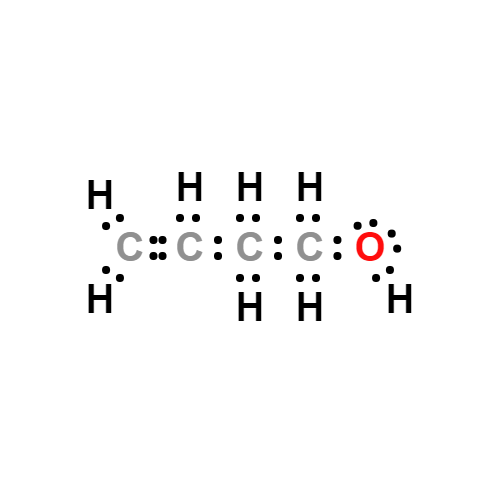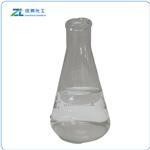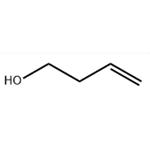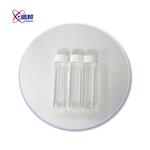Description
3-Buten-1-ol(627-27-0) is a homoallyl alcohol. It is employed in a study of the Mn-catalyzed hydrohydrazination of olefins. It is also used in a study of the conversion of propargylic acetates to ethers catalyzed by ferric chloride
1. It can also be used as a starting reagent in asymmetric total synthesis of natural seimatopolide B. It was also used in the synthesis of catalytic bimetallic nanoparticles
2.
Chemical Properties
liquid
Uses
Employed in a study of the Mn-catalyzed hydrohydrazination of olefins. Also used in a study of the conversion of propargylic acetates to ethers cataylzed by ferric chloride.
Uses
3-Buten-1-ol is employed in a study of the Mn-catalyzed hydrohydrazination of olefins. Also used in a study of the conversion of propargylic acetates to ethers catalyzed by ferric chloride.
Uses
3-Buten-1-ol is an aliphatic primary alcohol used as a reagent in organic synthesis.
Definition
ChEBI: 3-Buten-1-ol is a primary alcohol.
General Description
3-Buten-1-ol is a homoallyl alcohol that can be prepared by the dehydration of 1,4-butanediol using cerium catalyst. The intramolecular hydrogen bonding of 3-buten-1-ol has been studied using FT-IR and
1H NMR spectroscopic data. Its microwave spectrum has been recorded and analyzed. The alkylation reaction of 3-buten-1-ol using titanium-organoaluminum system has been studied. Its gas-phase enthalpy of formation has been reported to be -147.3 ± 1.8kJ mol
-1.
Hazard
3-Buten-1-ol is strongly irritating to the skin and eyes. it may cause respiratory irritation. it is toxic to aquatic organisms and has long lasting effects.
Synthesis
The synthesis of 3-Buten-1-ol is as follows:After adding 24.3 g (1 mol) of magnesium turnings, 50 g of diethyl ether and 1 ml of dibromoethane in a 500 mL four-necked flask,A solution of 62.5 g of vinyl chloride (1 mol) dissolved in 200 g of diethyl ether was added dropwise to magnesium and diethyl ether, and the micro reflux was controlled, and the dropwise addition was completed, and the mixture was kept under a micro reflux for 2 hours, and the temperature was lowered to -5 °C;Then 44 g (1 mol) of ethylene oxide was dissolved in 60 g of diethyl ether. Ethylene oxide is added dropwise to the vinylmagnesium chloride solution prepared above, control the temperature -5-5 degrees, and stir at this temperature for 1 hour. Sampling gas phase analysis until the reaction is complete; pour the reaction solution into a 1000 mL beaker, Add 200mL of ice water and add ammonium chloride until the residual magnesium disappears. Control the temperature 0-10 ° C, stir for 1 hour after the addition, add salt to saturation, static layering. The organic layer was separated and washed twice with 100 ml of saturated brine, and a polymerization inhibitor was added. The product is subjected to rectification to obtain 53 g of 3-buten-1-ol, and the content is 99.2%. The yield was 73.6%.









